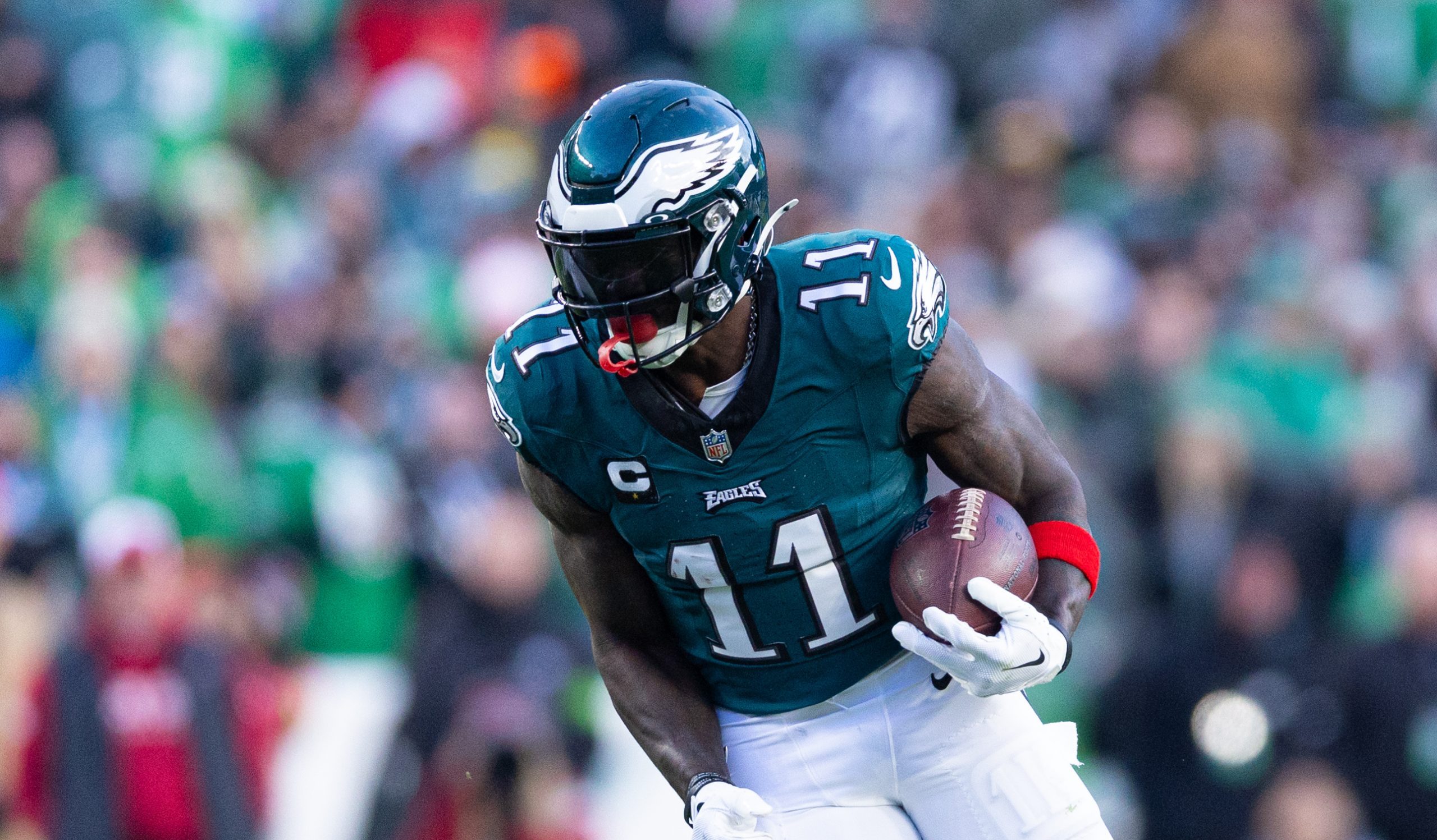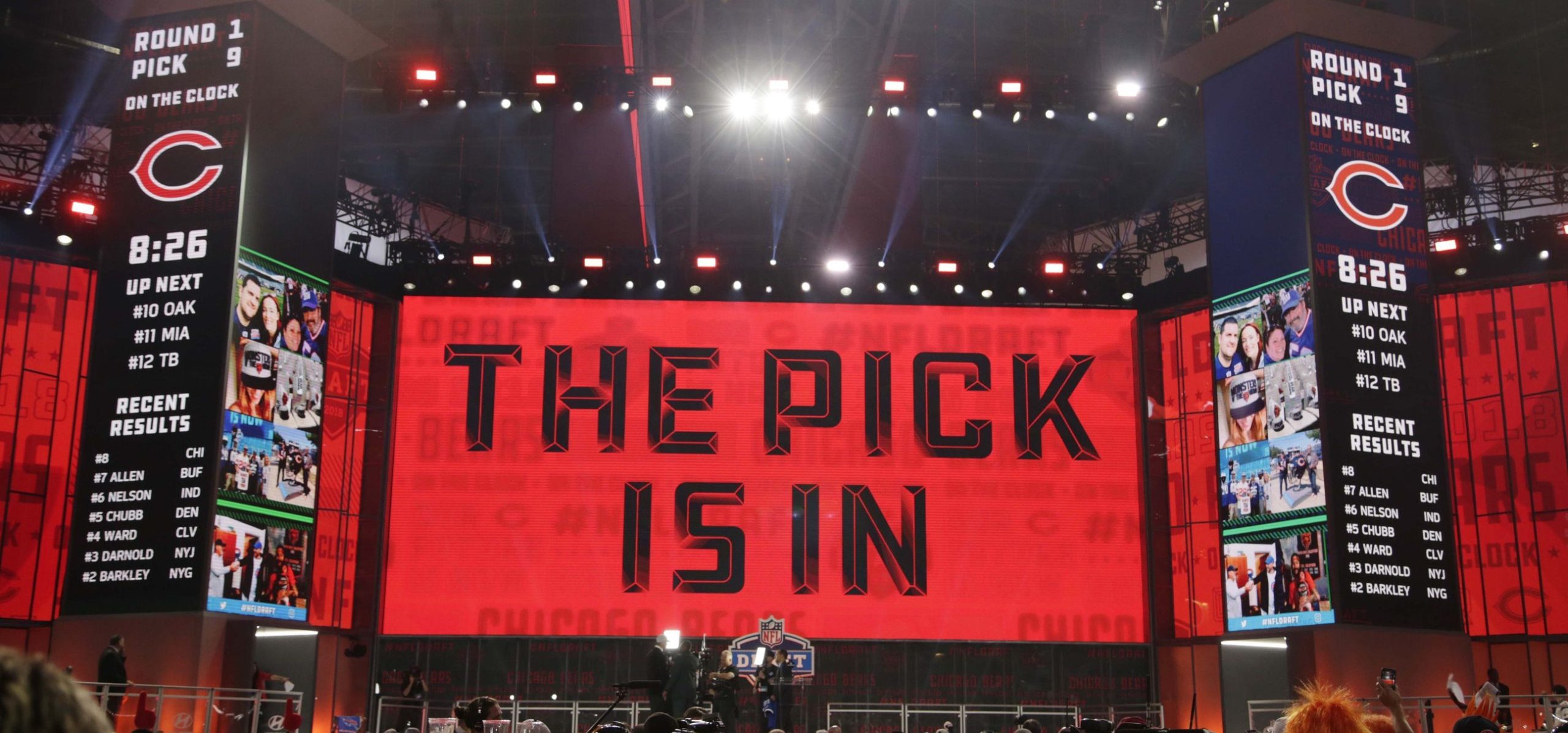What a precipitous fall from grace for Chip Kelly with the Eagles.
How did everything come crashing down?
The Best of 2015
- The 15 People Who Had the Best Year of Anyone on the Planet in 2015
- The 15 Most Memorable Moments of 2015
- The 15 Best Songs of 2015
- The 15 Biggest Sports Storylines of 2015
- The 15 Best Teams in Any Sport in 2015
- The 15 Best Female Athletes of 2015
- The 15 Best Male Athletes of 2015
- The 15 Best Games of 2015
- The 15 Best Coaching Jobs of 2015
- The 15 Best New TV Shows of 2015
- The 15 Best Superheroes of 2015
It’s a rare instance in which two heads are not automatically better than one… simply because more than one head creates the possibility of disagreements and arguments on players, schemes and philosophies — the good old clashing of “strong” male egos in an industry that certainly isn’t lacking them. Heck, every NFL season is littered with leaks about intense power struggles between the head coach and general manager over a myriad of roster moves and decisions. They’re disputes definitely not conducive to organizational success.
A head coach will always have his own scheme, and because of that, he likely knows the “type” of players he wants on his roster.
The college scouts and front office confidants underneath him certainly help to identify those players already in the NFL and at the college ranks. But the head coach having the final say on the 53-man roster should mean all things are golden.
http://gty.im/175897245
While it may not necessarily be fair to use Bill Belichick — arguably the finest coach and most brilliant football mind of the past 50 years — as an example, his standing as the Patriots head coach and general manager is ideal. Sure, he has director of player personnel Nick Caserio (and scouts) to lean on, but Belichick knows the players he wants on the roster, and has the ultimate power to get them. It’s a simple, easy, streamlined process.
However — and this an enormous caveat — the seismic mistake made by Chip and just about all of the select head coaches lucky enough to get autonomy in a pro football operation centers around their failure to recognize, appreciate and utilize good players they inherit.
Every offseason, during the most crucial team-building months, we always read the phrase “he wants his own guys.”
(And I don’t think I’ll ever be able to fully blame a head coach and / or a GM for wanting “his” guys on the roster when they land one of those prestigious jobs in the most popular and profitable sports league on Earth. The majority of these men have had a long, arduous, constantly-relocating journeys to the pinnacle of the profession. So, yeah, once you get there, it’d probably be difficult to not want put your stamp on the entire organization and roster.)
But just because it must be excruciatingly tempting to make everything your own doesn’t mean it’s the way head coaches and general managers should go about running an NFL franchise.
Chip came in as one of the biggest splash head-coach hires of the last decade and with a handful of star players he inherited from the Andy Reid / Howie Roseman / Joe Banner Era — most namely Michael Vick, LeSean McCoy, DeSean Jackson and Jeremy Maclin — and he went 10-6 and hosted a playoff game.
http://gty.im/180155471
Then Chip clashed with Jackson. Gone… to the Redskins. After another 10-6 year, Chip traded McCoy and thought Maclin — and Evan Mathis — didn’t need to be re-signed for the price they demanded.
All those players have gone on to be valuable additions to their new clubs.
A good head coach or GM can’t just let All-Pros leave. In the NFL, perceptions are formed and shift at break-neck speed. Fanbases — and many owners — are no longer willing to wait three or four years for a gradual rebuild. Both of those points are paramount to the situation in Philadelphia.
Chip believed he could magically morph Sam Bradford into a consistently productive quarterback. He was confident he could replace that explosive trio of skill-position players and top-level left guard. Wrong, wrong and wrong.
Almost the exact same thing happened to Josh McDaniels. He was a young, seemingly brilliant, tireless offensive mind. The Broncos gave him full control in the winter of 2009. What was one of the first things he did? Jettison then 25-year-old franchise quarterback Jay Cutler who was fresh off a 4,526-yard season.
http://gty.im/459348448
Sure, he got a hefty return of draft capital for Cutler, but he received Kyle Orton as the quarterback replacement. He drafted Knowshon Moreno No. 12 overall in 2009. The next offseason, McDaniels oversaw a team that picked Tim Tebow in the first round and traded Brandon Marshall to the Dolphins. Yikes.
The Belichickian prodigy was fired before the end of his second season at the helm in Denver.
In the end, maybe the all-encompassing responsibilities of being a head coach and a general manager are just too taxing on even the smartest, most passionate football junkies. And therefore, the typical power structure we will continue to see — and one that’s the most practical — is the head coach and GM being two different individuals. When egos are put aside, what shouldn’t work more often does—having two men in those roles is basically the NFL’s checks and balances system, and as a duo, they simply must understand and respect each other’s philosophies and collaborate in a collective attempt to field the best roster possible.
Eagles owner Jeffrey Lurie should have seen this coming. Instead, he thought Kelly was more Belichick than McDaniels.






